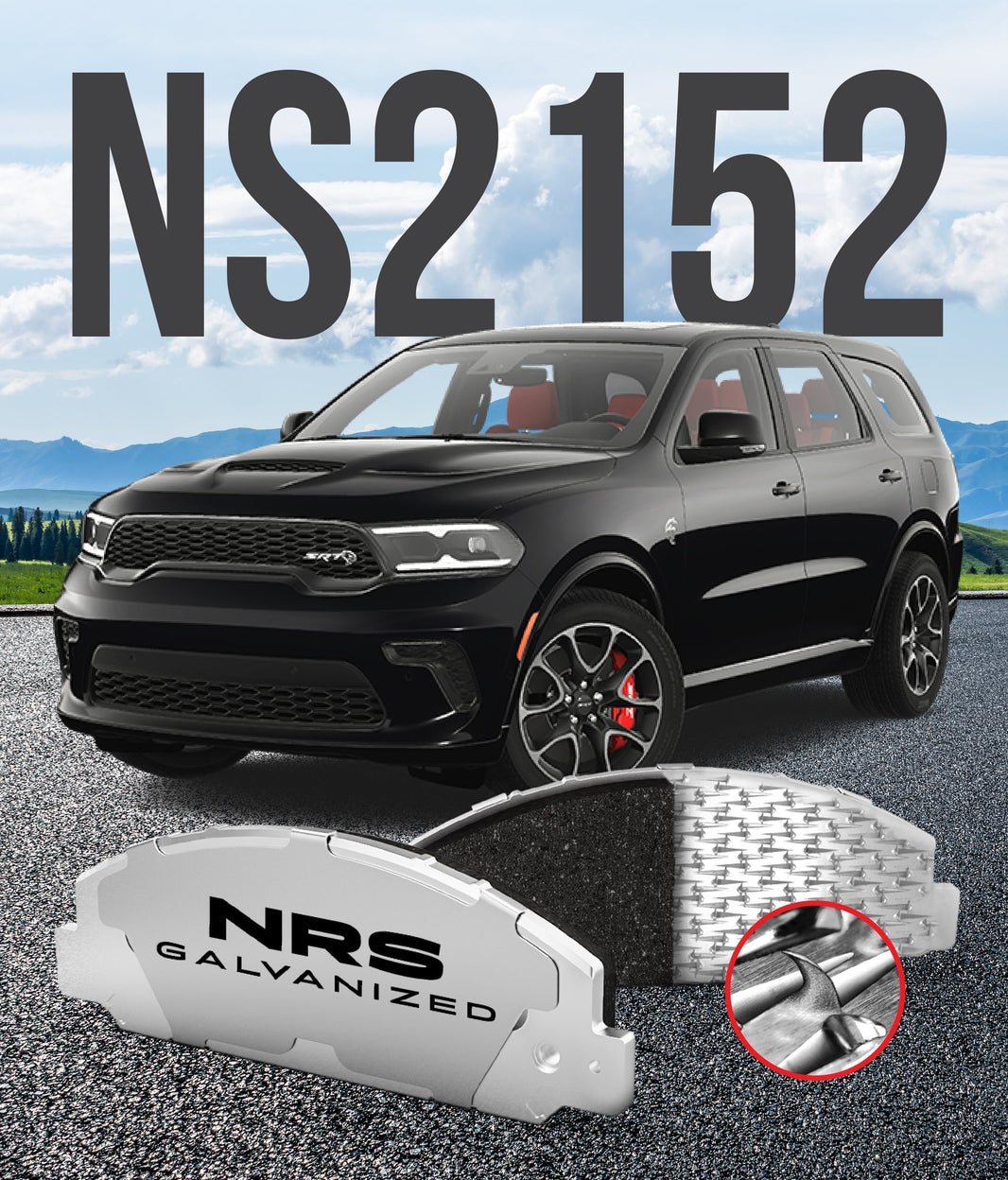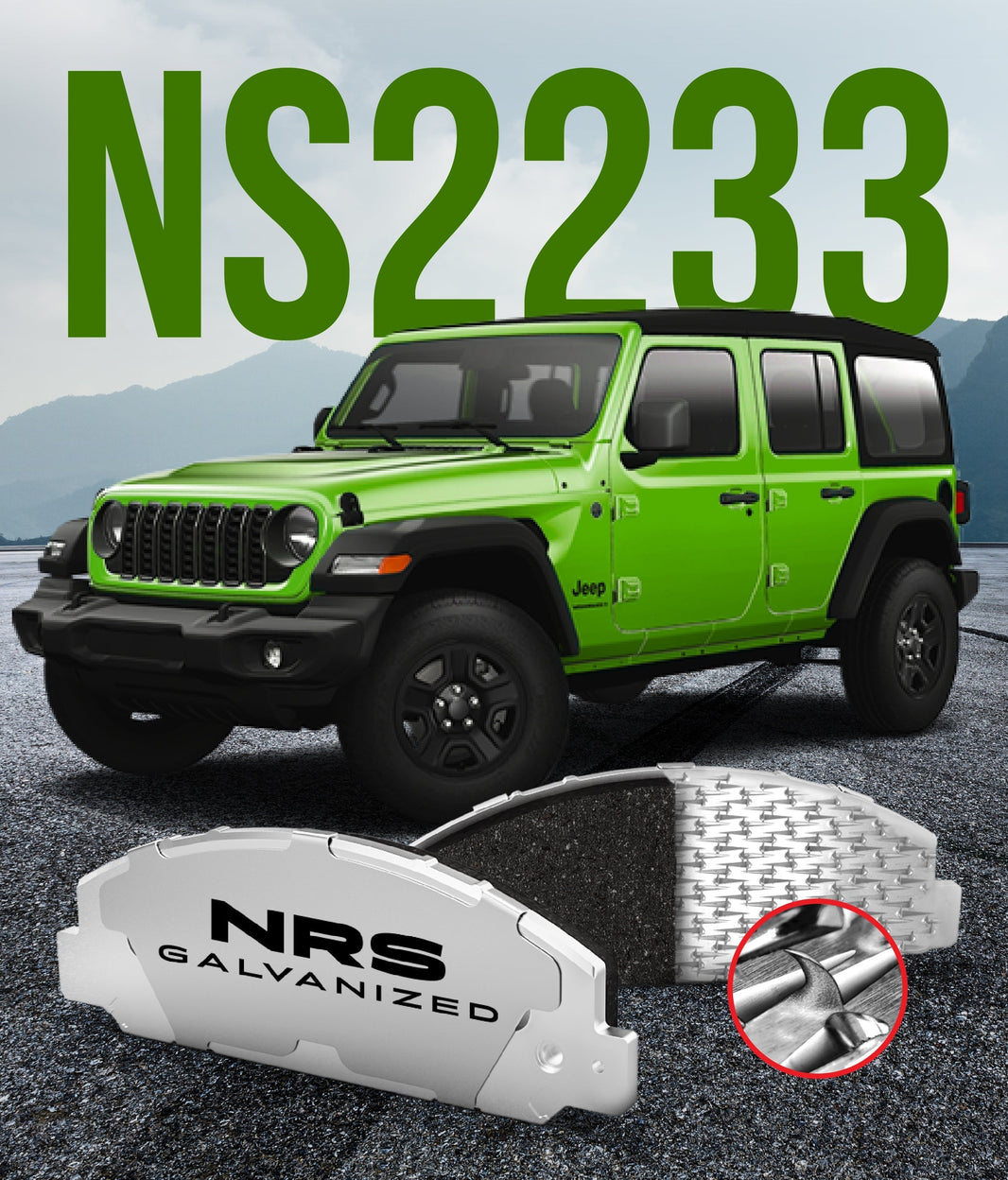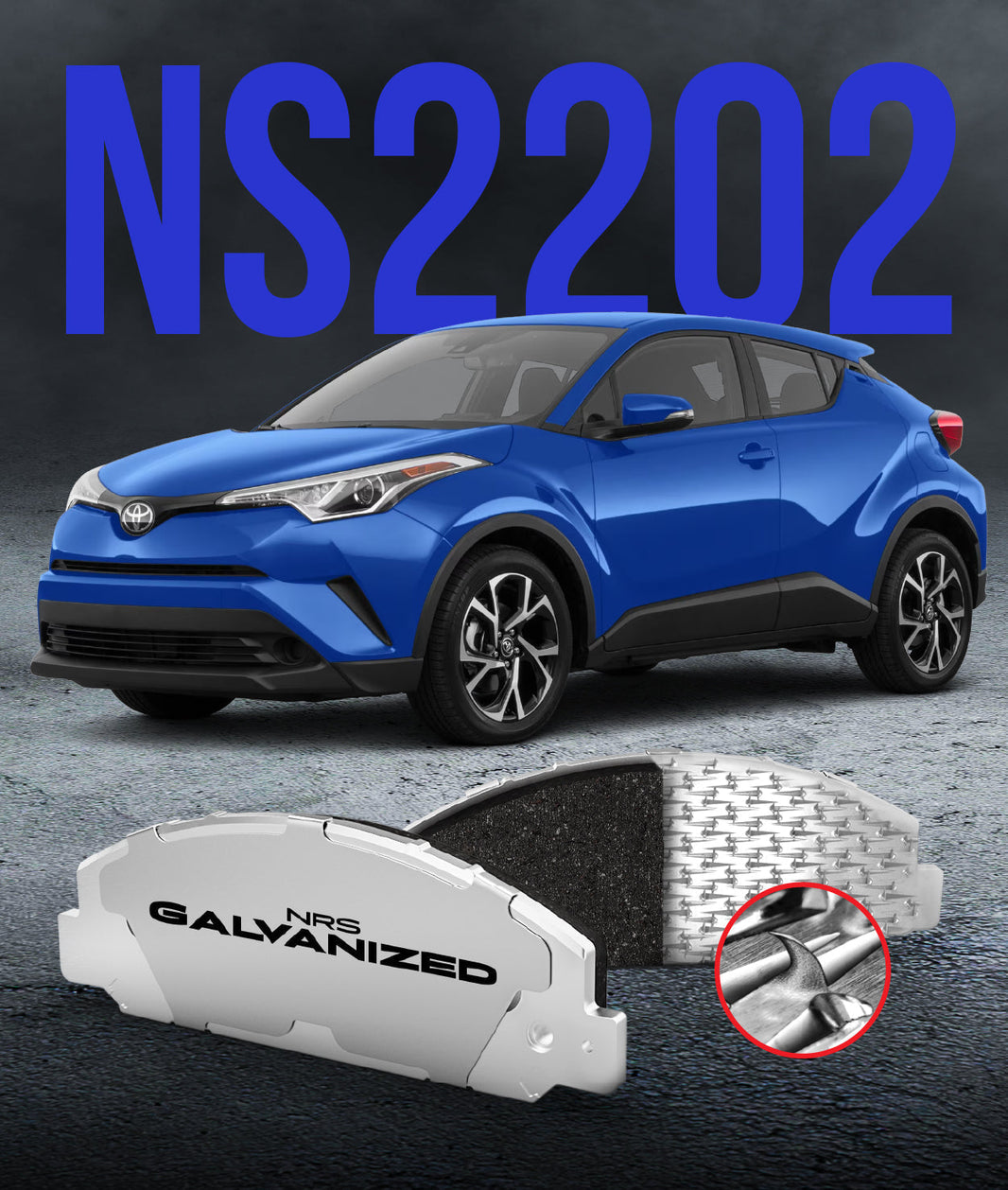
The Piston's Critical Role: Push and Release
If the brake pads are the muscle of your braking system, the caliper piston is its heart. This powerful hydraulic ram has one deceptively simple job: push the brake pad against the rotor when you need to stop, and—just as critically—retract just enough to release it when you don't.
But when this piston gets "sticky" or seizes, it fails to let go. The brake on that wheel remains partially applied, creating constant drag, generating immense heat, and causing a cascade of damage that goes far beyond simple uneven wear. A sticky caliper piston is not just a maintenance issue; it is a serious safety hazard that requires immediate attention.
Understanding why a sticky piston is so problematic requires knowing how it's supposed to work.
-
The Push: When you press the brake pedal, you are pressurizing the brake fluid. This hydraulic pressure forces the piston to slide out of its cylindrical home (the bore) in the caliper, pressing the inner brake pad firmly against the rotor.
-
The Release: This is the subtle but crucial part. When you take your foot off the pedal, the hydraulic pressure vanishes. A precisely designed square-cut rubber seal inside the caliper, which was slightly deformed under pressure, relaxes to its original shape. In doing so, it pulls the piston back a fraction of a millimeter—just enough to create an air gap between the pad and rotor, eliminating the friction.
When a piston gets sticky, this tiny but essential retraction fails to happen.
How a Piston Seizes: The Internal Breakdown
A piston doesn't seize overnight. It's a gradual failure caused by the harsh internal environment of the caliper.
Internal Corrosion
This is the primary culprit. Brake fluid is hygroscopic, meaning it naturally absorbs moisture from the atmosphere over time. This water leads to rust forming on the steel piston or inside the caliper bore. This corrosion creates a rough, abrasive surface that prevents the piston from moving smoothly.
Damaged Seals
The piston is protected by an outer rubber dust boot and an inner pressure seal. If the dust boot tears, it allows water, salt, and road grime to attack the piston from the outside, accelerating corrosion. If the inner seal fails, it can cause fluid leaks and interfere with proper piston movement.
Contaminated Brake Fluid
Over many years and heat cycles, brake fluid can break down and become contaminated with sludge and debris. This dirty fluid can gum up the works, hindering the piston's ability to slide freely.
The 5 Telltale Symptoms of a Sticky Piston
A seized caliper piston creates some of the most distinct and alarming brake symptoms. If you experience these, take them seriously.
-
Vehicle Pulling to One Side: With the brake on one wheel constantly dragging, your car will tend to pull towards the affected side, either while you're driving in a straight line or when you apply the brakes.
-
A Hot Wheel and a Burning Smell: This is the definitive sign. The constant friction generates extreme heat. After a drive, the wheel rim on the affected side will be noticeably hotter to the touch than the others. You will often smell the acrid, burning scent of an overheating brake pad.
-
Severe and Rapid Inner Pad Wear: The piston applies force directly to the inner brake pad. A sticky piston that fails to retract will grind this pad down to its backing plate in a remarkably short amount of time.
-
Spongy or Hard Brake Pedal: A piston that is difficult to move can disrupt the feel of the entire hydraulic system, sometimes resulting in a pedal that feels mushy, or conversely, unusually hard to press.
-
Reduced Fuel Economy: This is a more subtle symptom, but it's very real. The constant brake drag forces your engine to work harder to maintain speed, just as if you were driving with the parking brake lightly engaged.
The Solution: Why Replacement Beats Repair
For a sticky or seized caliper piston, the safest and most effective solution is to replace the entire caliper assembly.
While caliper "rebuild kits" containing new seals are available, attempting a rebuild is often not recommended for a few key reasons. It is extremely difficult to remove all the rust and pitting from inside a caliper bore without specialized tools. Any remaining imperfections will quickly shred the new seals, leading to the problem reoccurring. Given the affordable cost of high-quality remanufactured or new calipers, and the critical safety role they play, replacement offers the best value and peace of mind.
The best "fix," however, is prevention. Adhering to your vehicle's recommended service schedule for brake fluid flushes (typically every 2-3 years) removes the moisture-contaminated old fluid and is the single best way to prevent the internal corrosion that causes pistons to seize.
Conclusion: A Safety-Critical Issue
A sticky caliper piston is a dangerous problem that should not be ignored. The excessive heat it generates can not only destroy your pads and rotors but can also damage the wheel bearing and even boil your brake fluid, leading to a complete loss of braking ability.
If you notice a hot wheel, a burning smell, or any of the other symptoms listed, have your vehicle inspected by a professional immediately.
A seized piston is a severe form of uneven wear. To understand the other potential causes, from simple to complex, see our comprehensive guide on the uneven brake pad wear.




